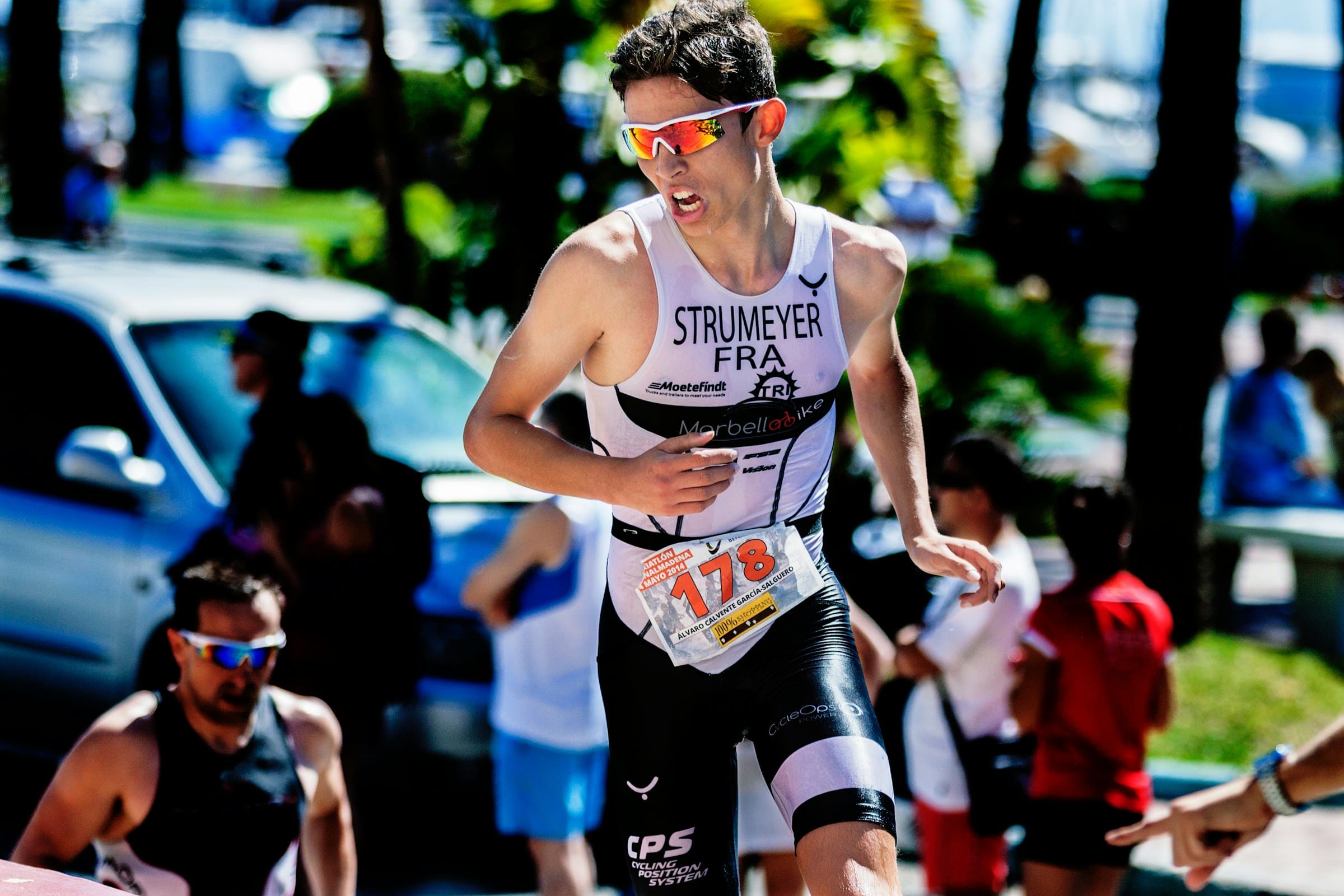What Are the Optimal Recovery Protocols for Triathletes Post-Ironman Race?

In the world of endurance sports, few challenges rival the Ironman triathlon. This gruelling contest demands the very best from its participants—athletes who not only race against the clock but also against their own physical and mental limitations. As you might imagine, the recovery of the body after such an ordeal is far from trivial. This article will explore some of the best strategies that athletes can employ to optimise their recovery and return to training as swiftly and healthily as possible.
Understanding the Importance of Recovery
Before delving into the specifics of recovery protocols, it’s critical to understand the importance of recovery after an Ironman race. An Ironman triathlon is a demanding event that involves a 2.4-mile swim, a 112-mile bike ride, and a full marathon (26.2 miles) run. This puts a tremendous amount of stress on the body—physically, mentally, and emotionally.
En parallèle : How to Develop Precision and Control in Equestrian Show Jumping?
Post-race, the body needs time to heal and rebuild. Recovery is an essential part of training that allows the body to adapt to the stress of exercise, replenish energy stores, and repair damaged tissues. Without proper recovery, athletes risk overtraining, injury, and compromised performance in future events.
So, what are the optimal recovery protocols for triathletes post-Ironman race? Let’s explore.
A lire en complément : How Can Dual-Task Training Improve Multitasking Abilities in Competitive Fencing?
Immediate Post-Race Recovery Strategies
The minutes and hours following the completion of an Ironman race are crucial to your recovery. Hydration, nutrition, and rest are the primary factors to consider during this phase.
Hydration is vital to replace the fluids lost through sweat and to aid in the removal of waste products from the body. A good rule of thumb is to drink until your urine is light yellow or clear.
Nutrition is equally important. Your body has just expended an enormous amount of energy, and you need to replenish your glycogen stores. Consuming a meal with protein and carbohydrates within 30 minutes of finishing the race can expedite this process.
And finally, rest. Your body has been through a lot. Take a nap, go to bed early, do what you need to do to ensure you’re getting adequate sleep in the hours following the race.
Short-Term Recovery: The First Few Days Post-Race
The first few days after the race are a pivotal time for recovery. Here, the focus should be on active rest, nutrition, and sleep.
Active rest involves low-intensity exercise, such as walking or gentle swimming. This keeps the blood flowing and aids muscle recovery without causing additional stress on the body.
Nutrition still plays a significant role in this phase of recovery. Continue to focus on consuming a balanced diet rich in protein, carbohydrates, and fats. In addition, you might consider supplementing with vitamins and minerals, such as vitamin C and zinc, to aid in tissue repair and immune function.
Finally, sleep is your body’s prime time for recovery. It’s during these periods of deep rest that the body heals and rebuilds itself. Aim for at least 7 to 9 hours of sleep per night in the days following the race.
Long-Term Recovery: The Weeks Following the Race
Long-term recovery involves gradually returning to training while continuing to prioritize rest, nutrition, and self-care.
In the first week post-race, you should focus on active recovery sessions, such as light cycling, swimming, or yoga. These sessions should be low intensity and should focus on promoting blood flow and flexibility rather than building fitness.
The second week post-race, you can begin to introduce more structured training sessions, but it’s still important not to push yourself too hard. Listen to your body and adjust your training intensity and volume accordingly.
Nutrition continues to be important during this phase. In addition to a balanced diet, consider adding a protein supplement to your routine to aid in muscle recovery and repair.
Finally, continue to prioritize sleep and self-care during this time. This might include massage, foam rolling, and mental health practices like meditation or journaling.
Mental Recovery: The Often Overlooked Component of Recovery
While much focus is placed on the physical recovery post-Ironman, mental recovery is equally important. Participating in an Ironman race is mentally taxing, and it’s crucial to give your mind time to recover as well.
One way to do this is by taking time to reflect on the race. What went well? What could you improve on for next time? Reflecting on these questions can help you process the experience and set goals for future races.
Additionally, don’t forget to celebrate! Completing an Ironman race is a huge accomplishment. Be proud of what you’ve achieved.
Overall, recovery after an Ironman race is a multi-faceted process that requires careful consideration and planning. By implementing these strategies, you can help ensure a healthy and effective recovery, setting you up for success in your future training and races.
The Role of a Structured Training Plan in Recovery
In the realm of triathlon training, it’s essential to have a structured and well-balanced training plan that includes specific periods for recovery. This plan should cater to the individual’s needs, considering factors such as their fitness level, the time available for training, and their specific race goals.
A well-rounded training plan for an Ironman triathlon would factor in the need for both, intense training sessions and periods of active rest. The balance between these two isn’t always easy to strike, but it’s crucial for preventing burnout, injury, and supporting optimal performance on race day.
The key to creating a successful training plan lies in periodization. This involves dividing the training schedule into specific phases, each with its own objectives, intensity, and volume of workouts. One such phase is the recovery phase, which is as important as the high-intensity training phase. This phase should be designed to maximize recovery and rejuvenation, paving the way for the athlete to tackle the next round of hard training with renewed vigor.
The recovery phase should consist of low-intensity recovery exercises such as light cycling, swimming, or yoga aimed at promoting blood flow and flexibility without adding additional stress to the body.
Remember, every athlete is different, and what works for one may not work for another. It’s crucial to tailor the training plan to the athlete’s individual needs and to adjust it as necessary based on how the athlete’s body responds.
The Importance of a Strong Immune System
An Ironman triathlon places heavy demands on the body, which can take a toll on the immune system. Research has shown that prolonged, intense exercise can temporarily depress the immune system, making athletes more susceptible to illness and infection in the days following a race.
A strong immune system is vital for swift and effective recovery post-Ironman. To support your immune system, focus on consuming a balanced, nutrient-dense diet that’s rich in vitamins and minerals. Certain nutrients, such as vitamin C, zinc, and probiotics, are known to support immune health and may be particularly beneficial during the recovery period.
Hydration also plays an essential role in immune function. Staying well-hydrated can help flush toxins from the body and support the function of cells involved in immune response.
Additionally, proper sleep is critical for maintaining a strong immune system. Your body uses the time you spend asleep to repair and regenerate cells, including those involved in immune function. Aim for seven to nine hours of quality sleep each night to support your immune health and overall recovery.
Conclusion
The aftermath of an Ironman triathlon is a crucial period that could determine how well and how quickly an athlete recovers. Understanding the importance of implementing a structured training plan that includes adequate recovery periods, focusing on nutritional needs, maintaining a strong immune system, and prioritizing sleep and mental health, can bring significant improvements to an athlete’s post-race recovery process.
Moreover, it’s important to remember that each athlete is unique, and therefore recovery protocols should be tailored to their individual needs and responses to training. Incorporating the strategies mentioned above, along with a well-balanced, structured training plan, will help triathletes recover optimally post-Ironman race, setting them up for success in their future training and races. Always remember, recovery is not merely the absence of training; it’s an integral part of the training process itself.
